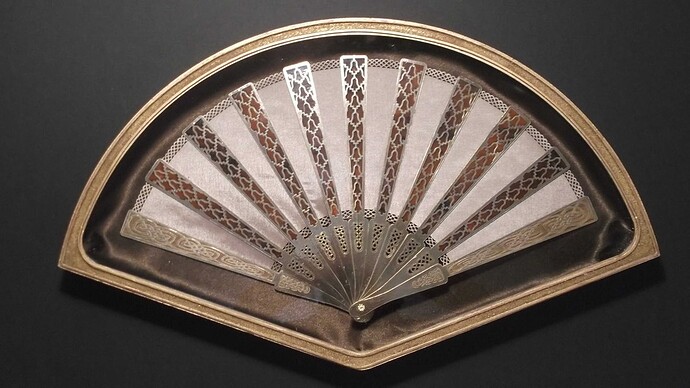![]()
Another part of my background was to frame oval mirrors. A local mirror company would cut the glass for me, and I made ‘Wedgewood’ style frames for them in white/colored frames, cast in polyester resin.
As part of that period of my life, I did investigate ‘fire gilding’ (silver/mercury amalgam) as a possible way of producing my own mirrors !
I had previously worked as a lab technician in a grammar school, and having my hands immersed in a mercury bath was no big deal, when setting up various experiments for demonstrations.
During that period, ‘Health & Safety’ became a new horror show, but as my boss, the head of Chemistry Department put it, “they seem to have overlooked that the vapour pressure of mercury is a function of how dirty the mercury is”.
The regulations were based on pure, clean mercury, nothing like the real world situation. The mercury in the lab would always be covered in a layer of dirt and dust, no matter how often I filtered it.
![]()
